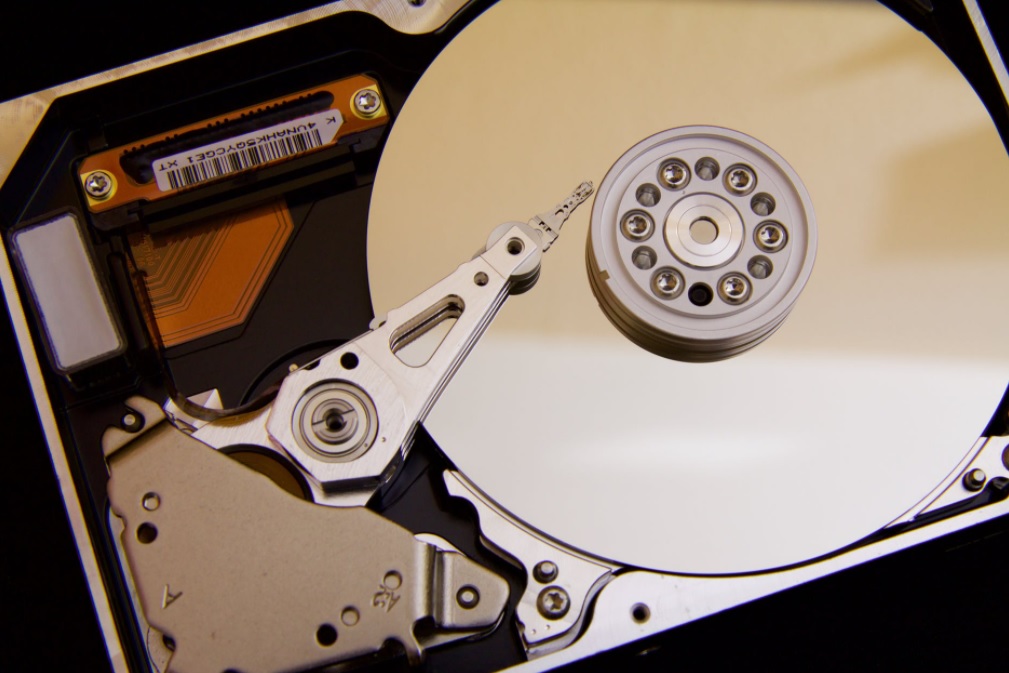
Flash storages are today’s solution to significant storage needs. However, like every other resource, even here, there is scope for improvement.
Lately, enterprises have been shifting towards NVME, a flash-friendly technology that allows solid-state drives (SSDs) to unleash its full potential and meet the storage workload needs they come across. Should you still consider SATA over NVMe? Let us walk you through the in-depth comparison between the SATA and NVMe. By the end of this article, you shall be clear about which one to choose based on your organizational requirements.
What is Non-Volatile Memory Express (NVMe)?
- NVMe, also called NVM Express, is the acronym for
- Non-Volatile Memory Express). It is a host controller interface specification that deploys a PCI Express (PCIe) bus for connecting SSDs to a server.
- It was developed initially by NVM Express, Inc., which is supported by leading tech and IT giants.
- NVMe fills the gap by providing a solution to the problem occurring while fast flash-based storage collides with legacy data transport technologies, i.e., bottlenecking.
- Solid State Drives(SSDs) stand ahead of storage interfaces and bus architectures designed for spinning disks. IT investments are not centered on retaining servers with powerful, multicore processors and RAM heaps. Here, NVMe can transmit data at faster rates than SATA, moreover at lower latency, providing brisk performance and enabling businesses to undertake demanding storage workloads that may have proffered them a pause in the past.
Note: NVMe are more expensive than SATA due to its high performance in unusual load environments that meet business-critical applications’ requirements.
Why Choose NVMe Over SATA?
- Taking into attention the performance, NVMe are the real game changers in the market. However, it does not guarantee faster flash performance all the time.
- The first step would be considering the business requirement. For this, the store managers need to do their homework well and work thoroughly on everything to ensure that it’s a good fit for their IT objectives. There is a chance of bottlenecking applications and affecting performance.
- You can receive high-quality NVMe from companies like Intel, Micron, Samsung, and Western Digital, where the installation options include M.2 and 2.5-inch U.2, and of course, PCIe cards.
What is SATA?
- Serial ATA or Serial Advanced Technology Attachment(SATA) is a replacement to the Parallel ATA bus interface(PATA) used to connect SSDs, hard disk drives (HDDs), and optical drives. SATA cables are more convenient to manage than the flat and wide ribbon-like lines used in PATA connections.
- SATA has been in the market since 2000 and has gone through a number of performance improvements ever since. For instance, while SATA I or 1.0 can transfer data at a rate of up to .15 GB/s, SATA III can go up to .6 GB/s.
- In 2013, the 3.2 revision introduced PCIe in the SATA Express connector specification that is quite different from the eSATA or External Serial Advanced Technology Attachment designed to reach upto 1.9 GB/s.
- Additionally, SATA also allows hotplugging support, which means the SATA storage devices can be plugged in or removed from a powered system and still operate typically. The native command queuing functionality is made possible due to the Advanced Host Controller Interface (AHCI) interface. Additionally, you also get a drive optimization technology that takes forward the performance game and the hotplug functionality.
Difference Between NVMe And SATA
There are a few significant features that we will explore further.
- Flash Drive Support: The traditional HDDs do not seem to be anywhere near. The mechanical disks are simply sluggish and far behind what the technology demands now. On the other hand, SATA can accommodate both SSDs and HDDs.
- Performance: SATA SSDs speak highly of their storage performance compared to the HDD, but here, NVME SSDs can blow them away. Considering the SATA III that promises up to .6 GB/s but never achieves the level of data throughput. On the other hand, NVMe has recorded a speed of up to 3.5 GB/s in tests.
- Advantageous parallels: NVMe is known for its parallelism, which is depicted by the queue depth, or commands per queue capacity of 64K, not to mention support for a whopping 64K queues. While in SATA, you can expect a queue depth of 32 and a single command queue. The abundant I/O operations over PCIe’s bus lanes in parallel leads to multi-core processing, reducing bottlenecks, and keeping data flowing into and out of modern-day CPUs. While on the storage side, it bends with flash’s aptitude for random access operations and hence delivers overall fast performance.
- Economy: SATA has carved a niche for itself and is expected to run in the near future also. While SSD and HDD makers are trying to make it more economical, NVMe is there for the competition. NVMe can surpass others in this aspect.
Which Is Better: NVMe or SATA?
- Technologies that make well in the market often get into a lot of enterprises. Organizations that look for faster and more responsive applications and good database performance are expected to look out for NVMe-enabled systems.
- However, SATA is expected to stay as well. NVMe, along with SATA and SAS (Serial Attached SCSI) devices, will go a long way in data center environments. It manages the implementation of a tiered storage strategy, where the cost and performance are synced as per the value.
- While all the above is anticipated, other signs show that storage vendors are looking further to widen NVMe and SATA’s performance gap. Many companies are reworking parallelly for these products to thrive well in the market.
- Ethernet, Fiber Channel, and InfiniBand networks can be made functional with the ultra-low latency storage services from an NVMe SSD beyond the server due to the presence of NVMe over Fabrics (NVMeoF) protocol. It helps fade the line between internal and external storage and thus, make MVMe pace faster in the present market.

